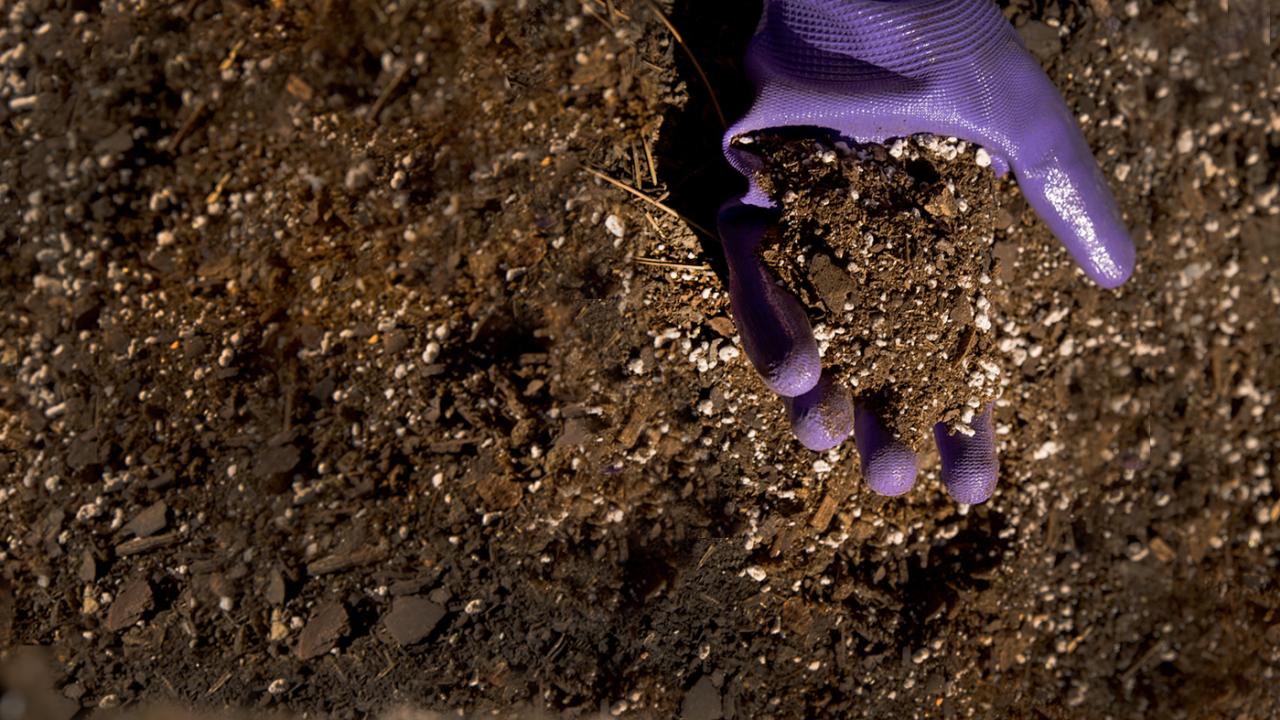
March
Bulb booster
Mulch overeager bulbs
Tend to emerging
perennials
Start summer-blooming
bulbs
Houseplant boost
Propagate houseplants
Continue starting seeds
Force indoor blooms from branches
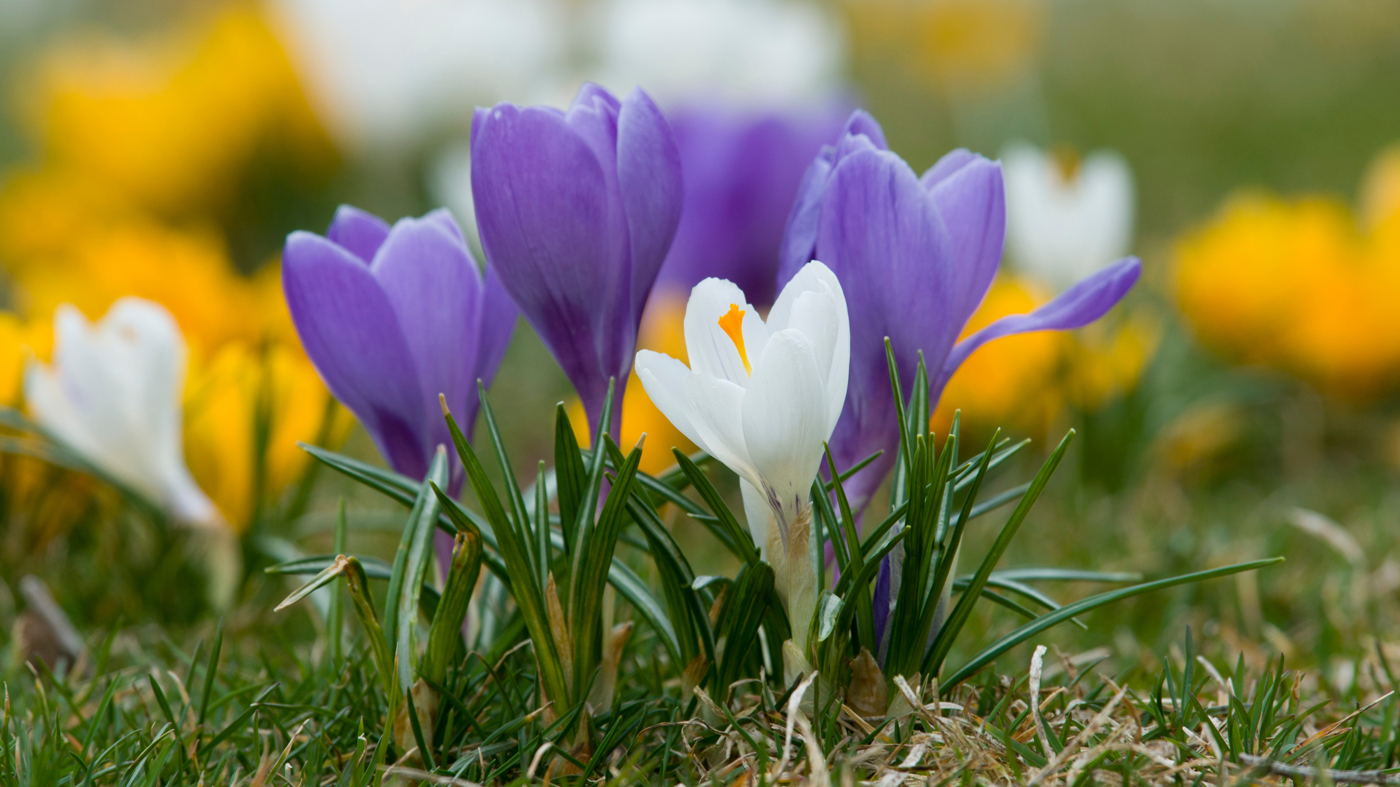
Spring arrives this month, but winter may be reluctant to depart. Nevertheless, not even the harshest wind—or even a March snowstorm—can dampen the joy of seeing the garden return to life. Some outdoor tasks can be undertaken, but resist the temptation to work outside if the soil is too wet or extreme weather is on the horizon.
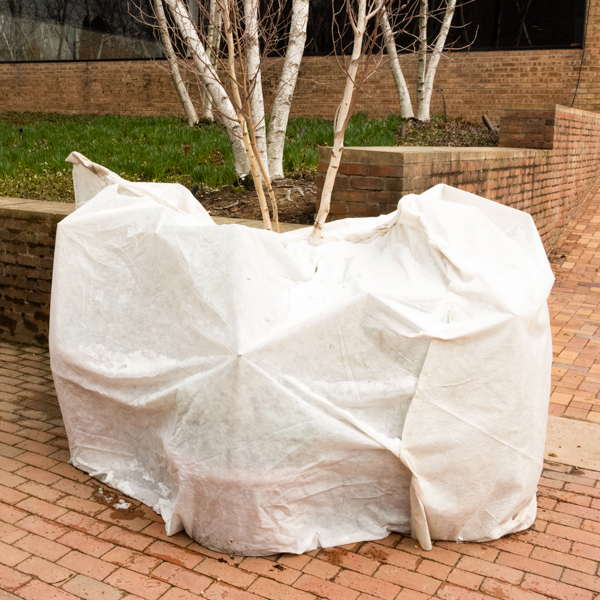
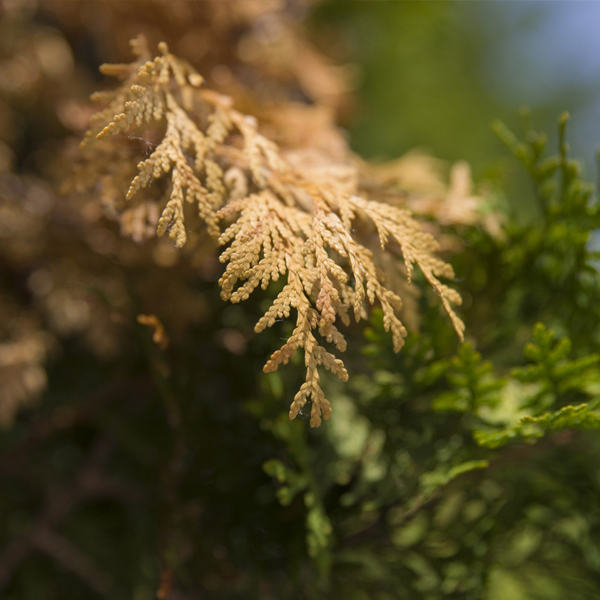
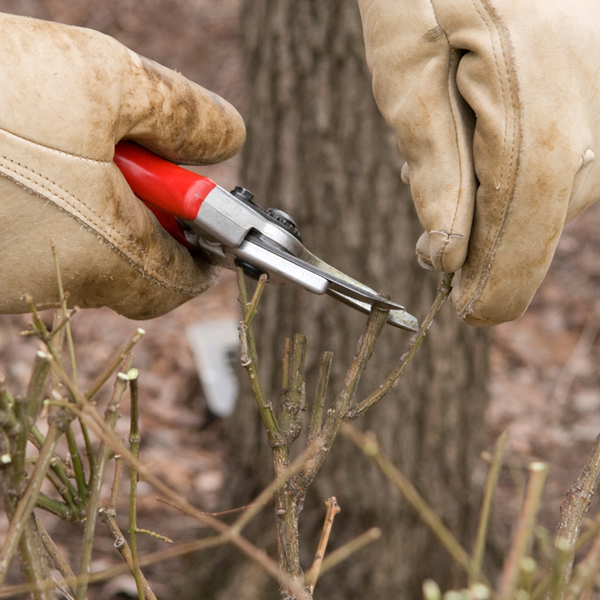
Garden To-Do List
Spring cleaning
On dry days, remove winter debris from lawn and garden beds. Avoid walking on wet soil. Also, keep the following in mind:
- When weather permits, remove burlap screens erected to protect plants from wind or road salt spray.
- Check for broken branches (prune immediately.
- Check plants for signs of damage from snow loads or animals.
Respond to temperature swings
Our Zone 5b and 6a USDA Hardiness Zones can experience volatile weather conditions, with winter’s frigid temperatures and snow interspersed with unseasonably warm and dry weather. Changing climate conditions have intensified these swings.
- Winter thaws with warmer and drier conditions may stress plants that were not watered adequately if the previous autumn was dry. During winter thaw periods, water evergreens, broadleaved evergreens, and conifers as needed.
- Water young trees and shrubs, as well as any plants, including turf, that might be in the path of salt spray from salted roads.
Prune trees and shrubs
March is an ideal time to prune many trees and shrubs. Make sure garden tools are sharpened and you wear protective equipment. For larger trees and/or when pruning requires a chainsaw, you may wish to seek professional help from a certified arborist.
Tree and Shrub Care
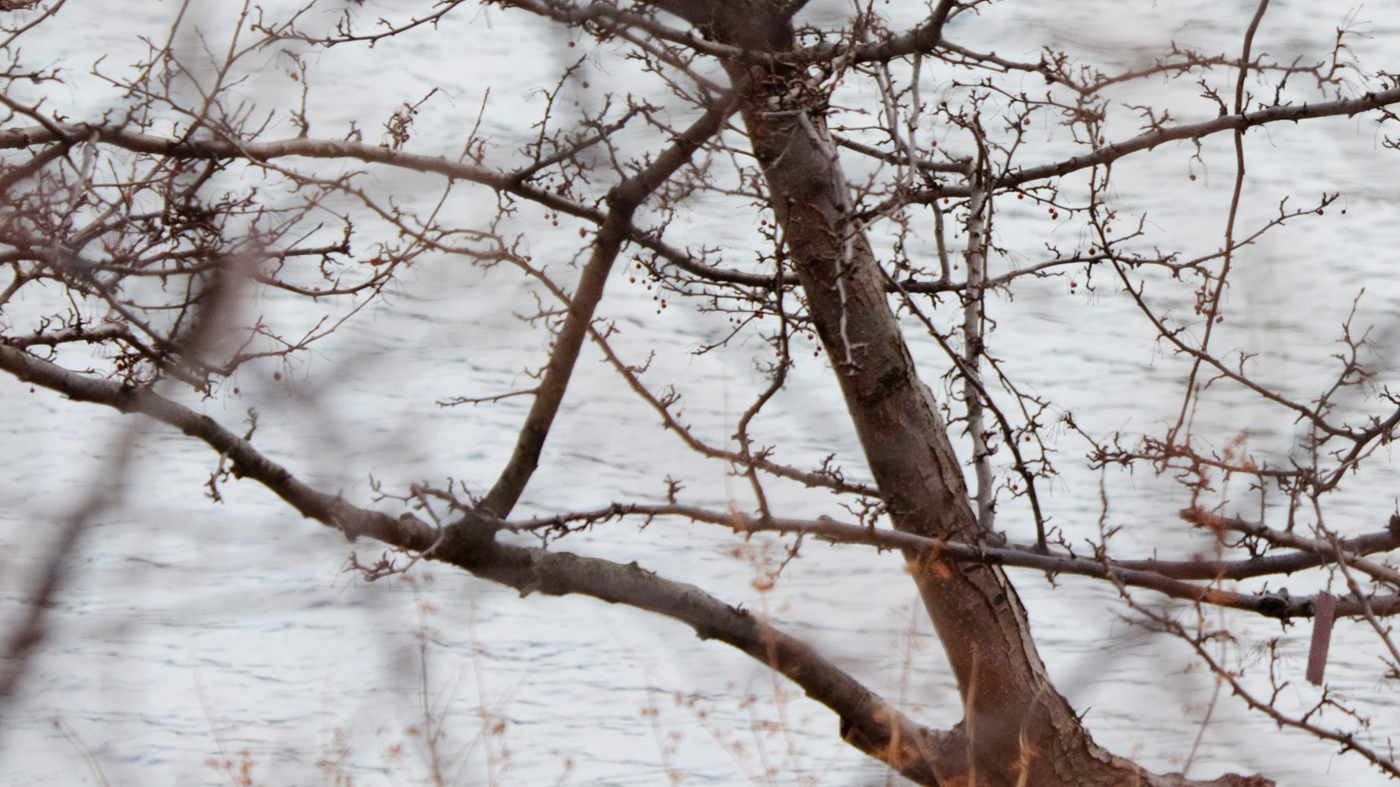
Spray trees
Routine spraying on healthy trees is probably not necessary. Spray fruit trees or large deciduous trees with dormant oil if aphids, scale, or mites have been a problem in the past.
Some tips if spraying is needed:
- Read and follow label instructions.
- Watch weather conditions for an appropriate time to spray. Temperatures must be at least 40 degrees Fahrenheit with no chance of freezing temperatures and/or rain forecast within the following 24 hours. Avoid spraying on a windy day.
- Trees must be truly dormant, with no bud break.
- Certain trees have a phototoxicity to dormant oil and should not be sprayed. A few common ones include arborvitae (Thuja spp.), beech (Fagus spp.), Japanese maple (Acer palmatum), red maple (A. rubrum), sugar maple (A. saccharum), blue or Colorado spruce (Picea pungens), and blue cultivars of juniper (Juniperus). If in doubt about trees in your yard, contact our Plant Information Service.
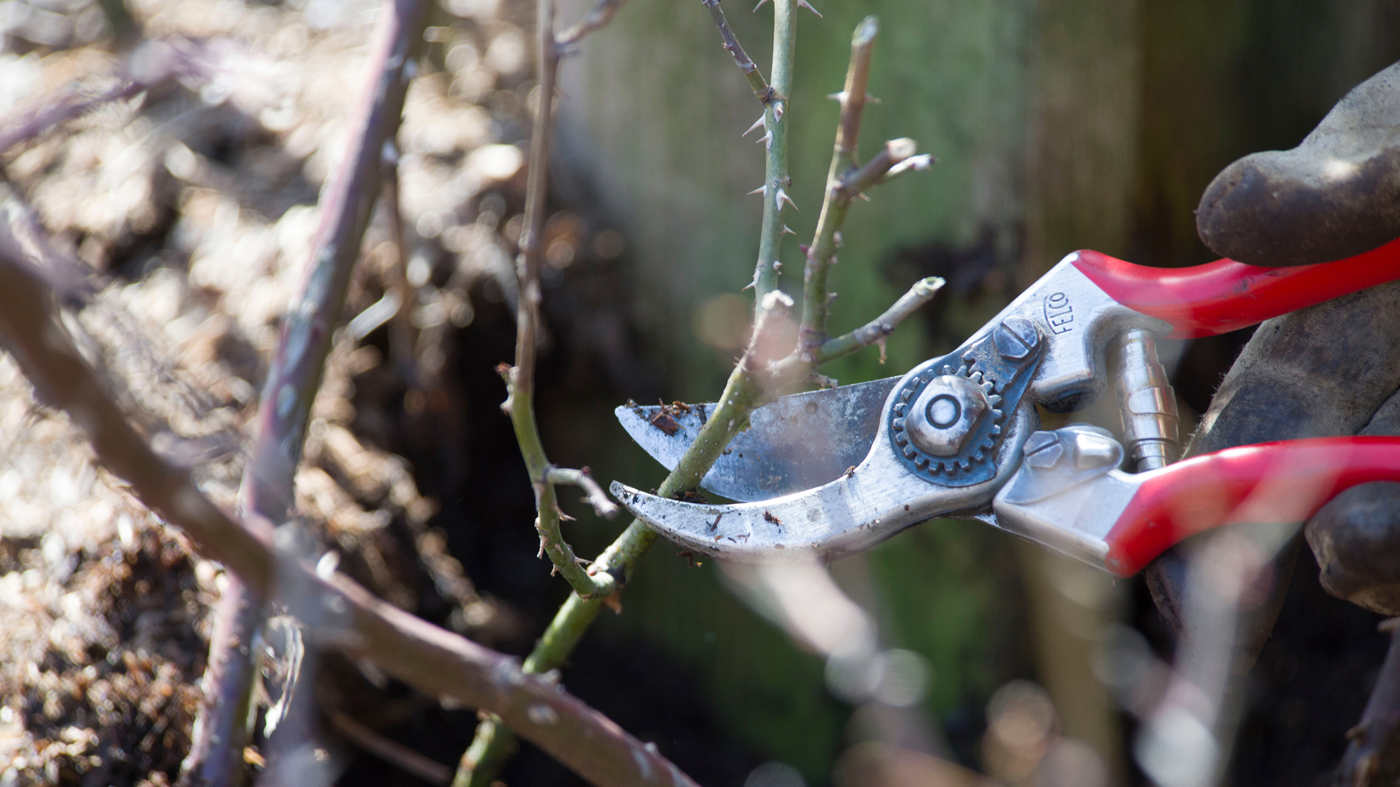
Pruning pointers
March is a good month to prune many trees and shrubs. Prune out sucker growth, water sprouts, and any diseased or dead branches. Remove crossing branches, rubbing branches, or those that grow toward the center of the plant rather than outward, away from the interior.
Here are some tips:
- Protect yourself. When pruning, wear eye protection and thick gloves. If you need to prune large trees or use a chainsaw, you may wish to seek professional help from a certified arborist.
- As with all pruning chores, sterilize pruning tools with a 10 percent solution of bleach before each cut.
- To reduce the spread of oak wilt, all oak pruning should be completed in March or before oak trees begin active growth. Pruning should not resume until after the first frost or around November 1.
- Prune fruit trees in early March on a dry day before buds swell. Fruit trees benefit from having their canopies opened up to permit more sunlight and air into their centers.
- Avoid pruning plants such as evergreens if they have come out of dormancy.
- Wait to prune spring-flowering trees and shrubs until immediately after they flower. This helps preserve the current season’s flower display.
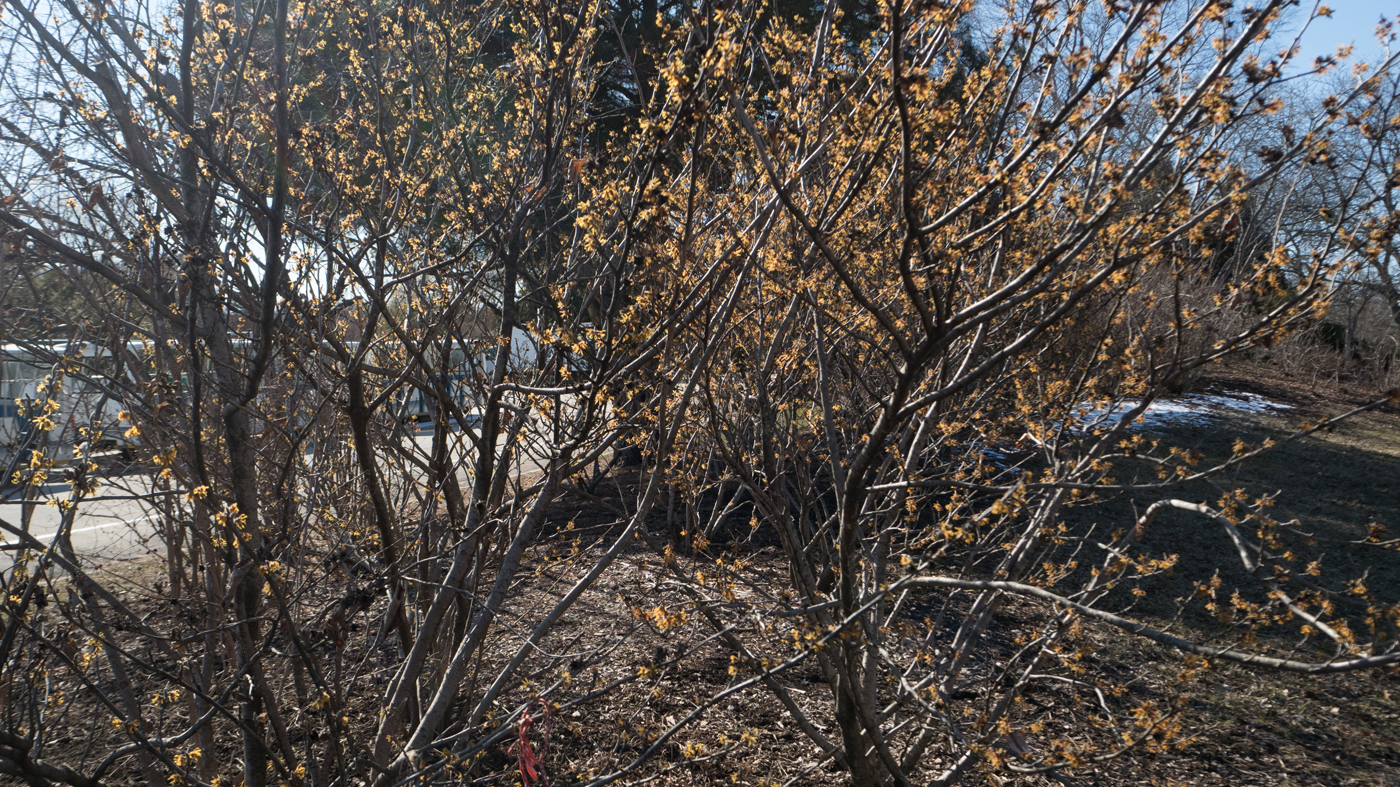
Fertilizing woody plants
Use restraint when applying fertilizers. It is probably not necessary to fertilize trees and shrubs unless they show signs of nutrient deficiency, such as poor leaf color, failure to completely fruit or flower, and/or stunted growth. If fertilizing is needed, here are some recommendations:
Fertilize woody plants four to six weeks before they begin new growth.
Follow label directions when using a fertilizer. It is best to use a slow-release granular fertilizer or an organic product. Water the fertilizer in well.
Do not fertilize newly planted trees or shrubs. Wait one year.
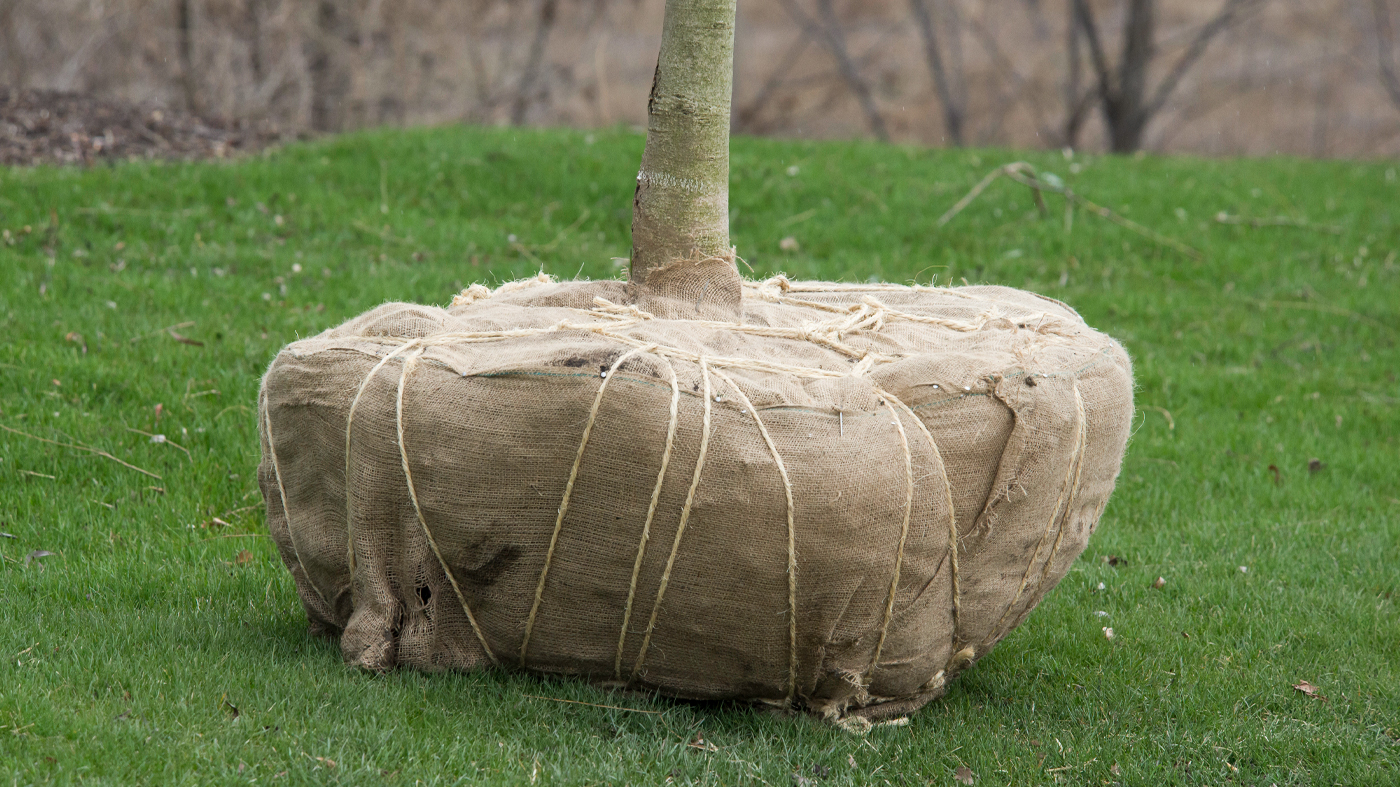
Spring planting
Plant trees and shrubs before they break bud and when soil conditions permit. (If the weather is unusually wet, consider planting later in the spring or wait until the fall.)
Here are some additional tips:
- Avoid planting too deeply. One-third of the root ball should remain above the ground, creating an upward flare from the soil line. The biggest problem with trees and shrubs is that they suffer from being planted too deeply.
- Mulch the entire root zone with several inches of shredded or chipped bark. Taper soil away from the trunk back to ground level. Don’t pile mulch high around the base; this “mulch volcano” gives rodents a hiding place to chew and also retains too much moisture against the bark. Over time, it can soften the bark and cause rot.
Annual and Perennial Care
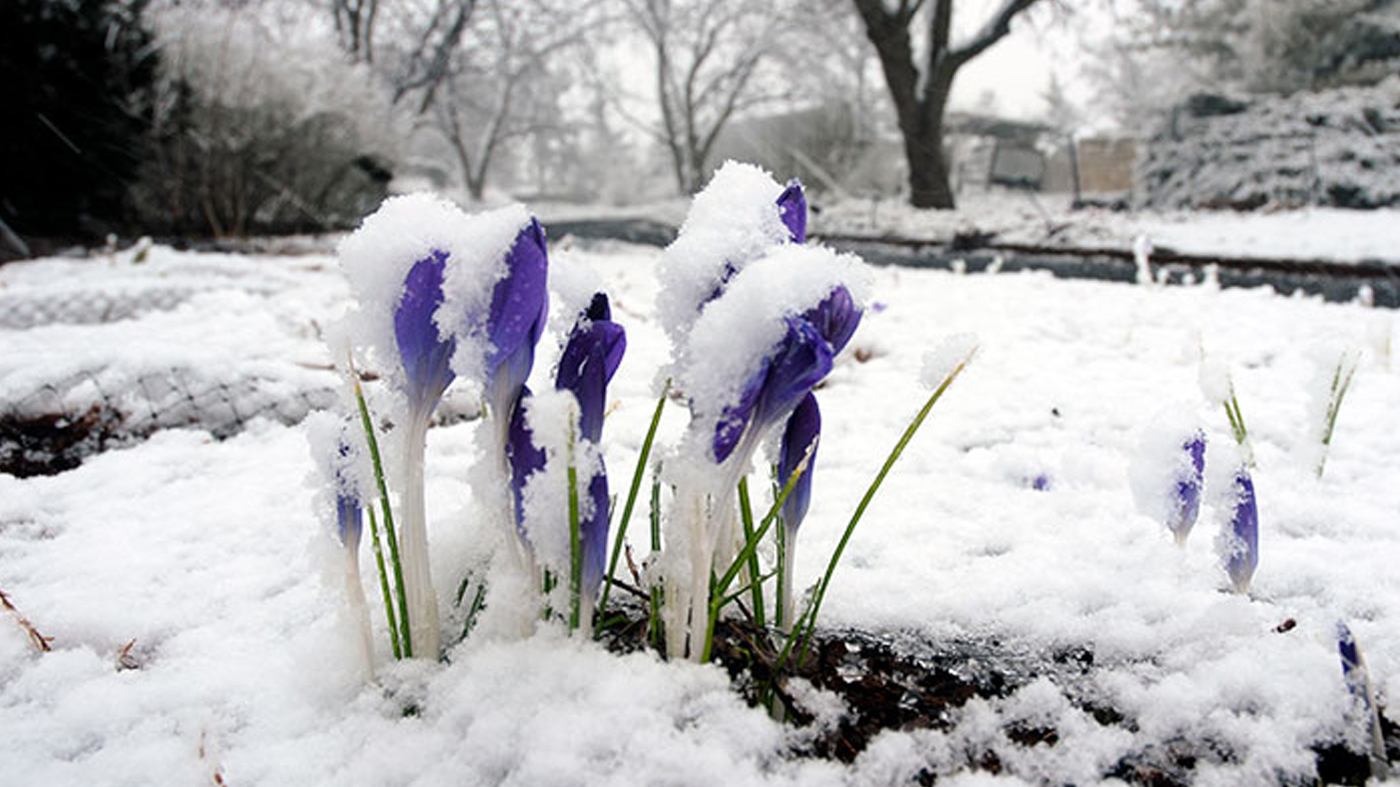
Bulb booster
Look for early spring-blooming bulbs such as snowdrops and crocuses, which may be camouflaged beneath snow or ground cover. For clumps of older, non-blooming bulbs, consider dividing them and/or fertilizing with a granular fertilizer this month and again in fall. Mark the spots with small stakes (golf tees also work) to help you locate them in autumn.
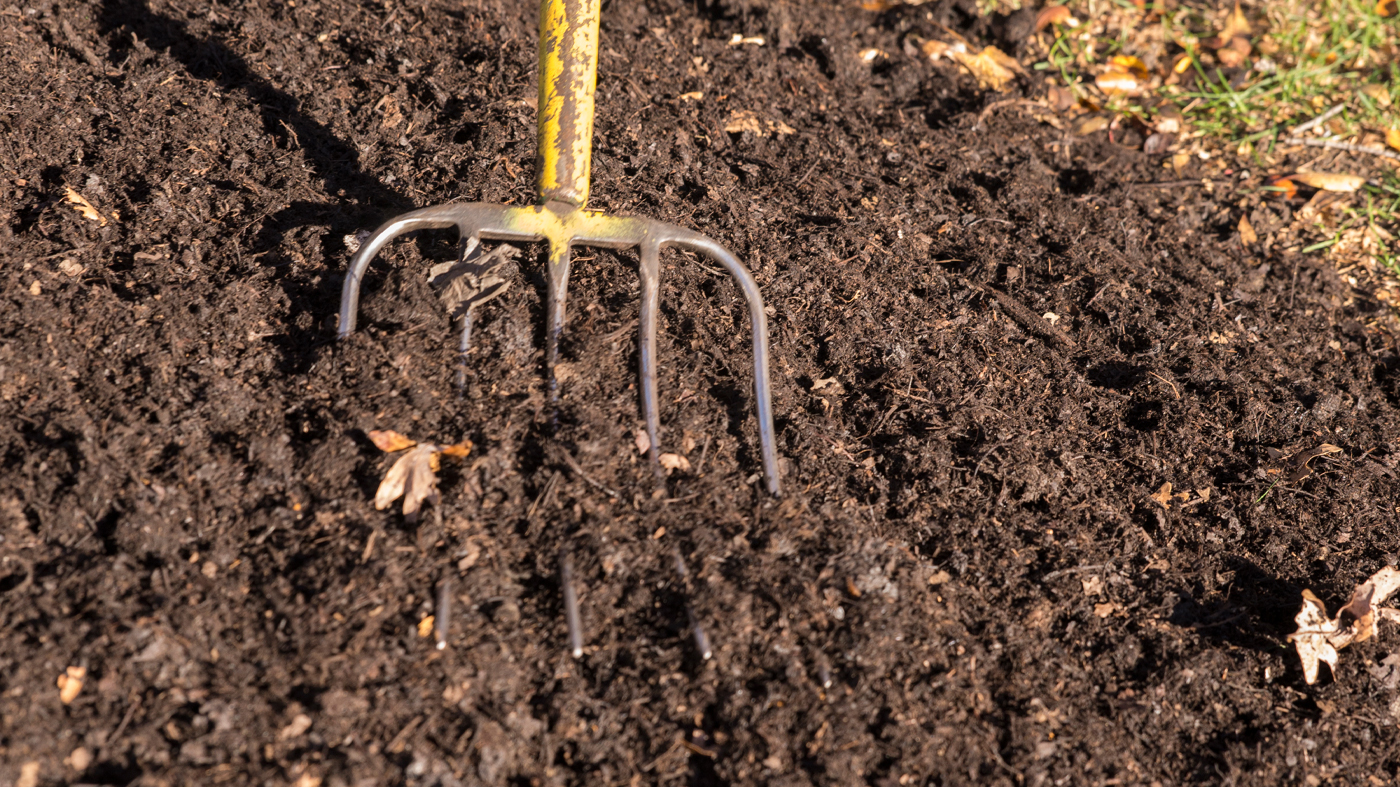
Mulch overeager bulbs
Unseasonably warm days may cause some spring bulbs to prematurely sprout. Although this will not harm the bulbs, subsequent below-freezing temperatures may cause early leaves to brown and, if buds have formed, may prevent flowers from developing properly. If more than 1 to 2 inches of leaf and/or flower buds are visible, cover the area with a dry, lightweight mulch (such as shredded dry leaves, straw, or sawdust). Once the danger of frost has passed, remove the mulch and allow the sprouts to grow naturally.
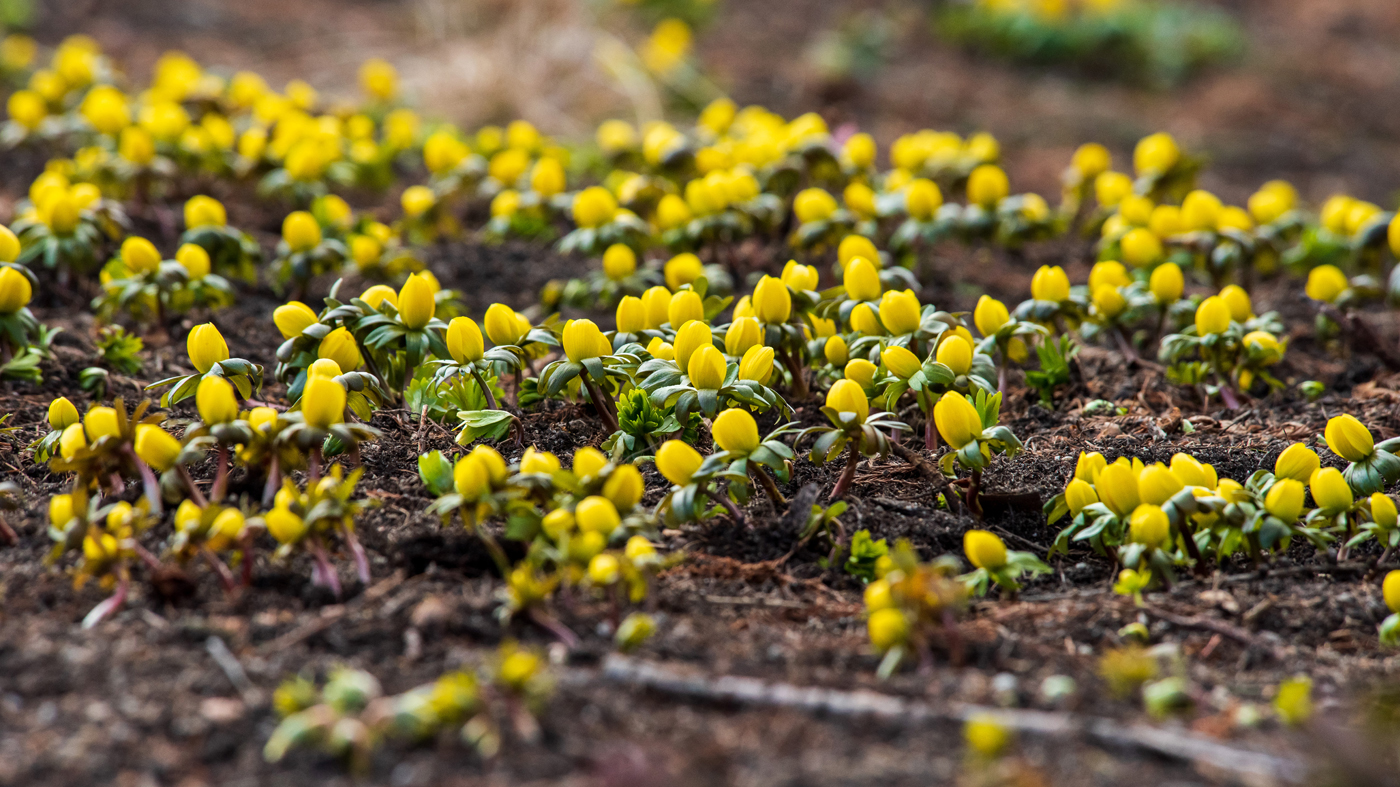
Tend to emerging perennials
As spring begins, help perennial plants get ready for the robust growing season ahead:
Freeze-thaw-freeze cycles may cause some plants to heave from the ground over the winter. Gently press plants back with your hands. Mulch plants with several inches of shredded material.
Cut back perennials and ornamental grasses that were left standing for winter interest.
Gradually pull back mulch from around perennial crowns. Wait to do this if severe weather threatens, particularly in early March. Be careful not to hurt emerging stems.
Prune back stems of autumn-flowering clematis vines above the lowest bud.
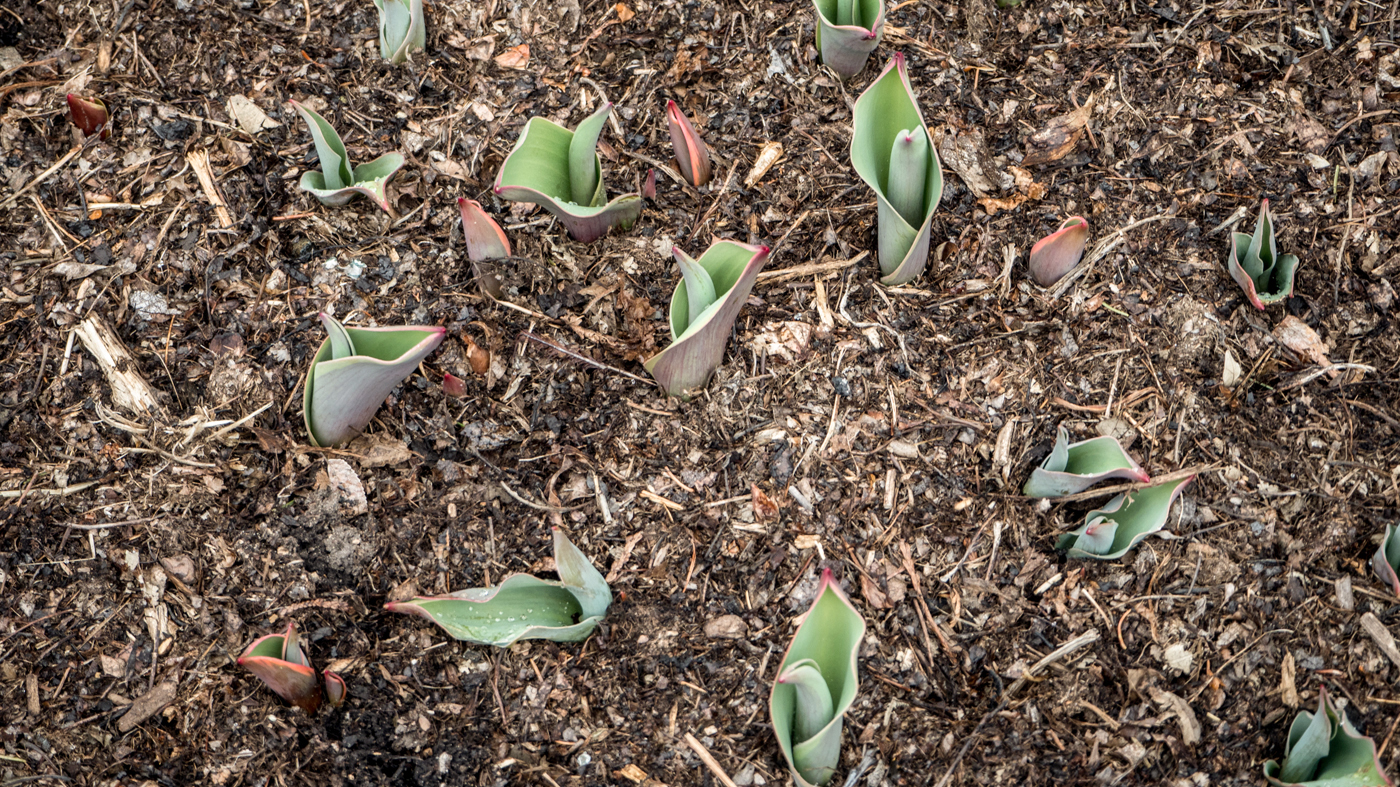
Start summer-blooming bulbs
Although summer-blooming bulbs and tubers can be planted directly outside after all danger of frost has passed, gardeners can get a head start on these exotic blossoms by starting them indoors. Choices include caladium (Caladium spp.), elephant ears (Colocasia spp.), garden canna lily (Canna x generalis), lily of the Nile (Agapanthus), montbretia (Crocosmia), tuberose (Polianthes tuberosa), and tuberous begonia (Begonia x tuberhybrida).
Plant bulbs and tubers in a moist, soilless mix. Keep them warm until new growth appears, moving the pots to a sunny window or under grow lights, if necessary.
They can be moved outside when all danger of frost has passed. Help plants acclimate to the outdoors by hardening them off, i.e., putting them outside for progressively longer periods of time, usually seven to 10 days.
Indoor Plant Care
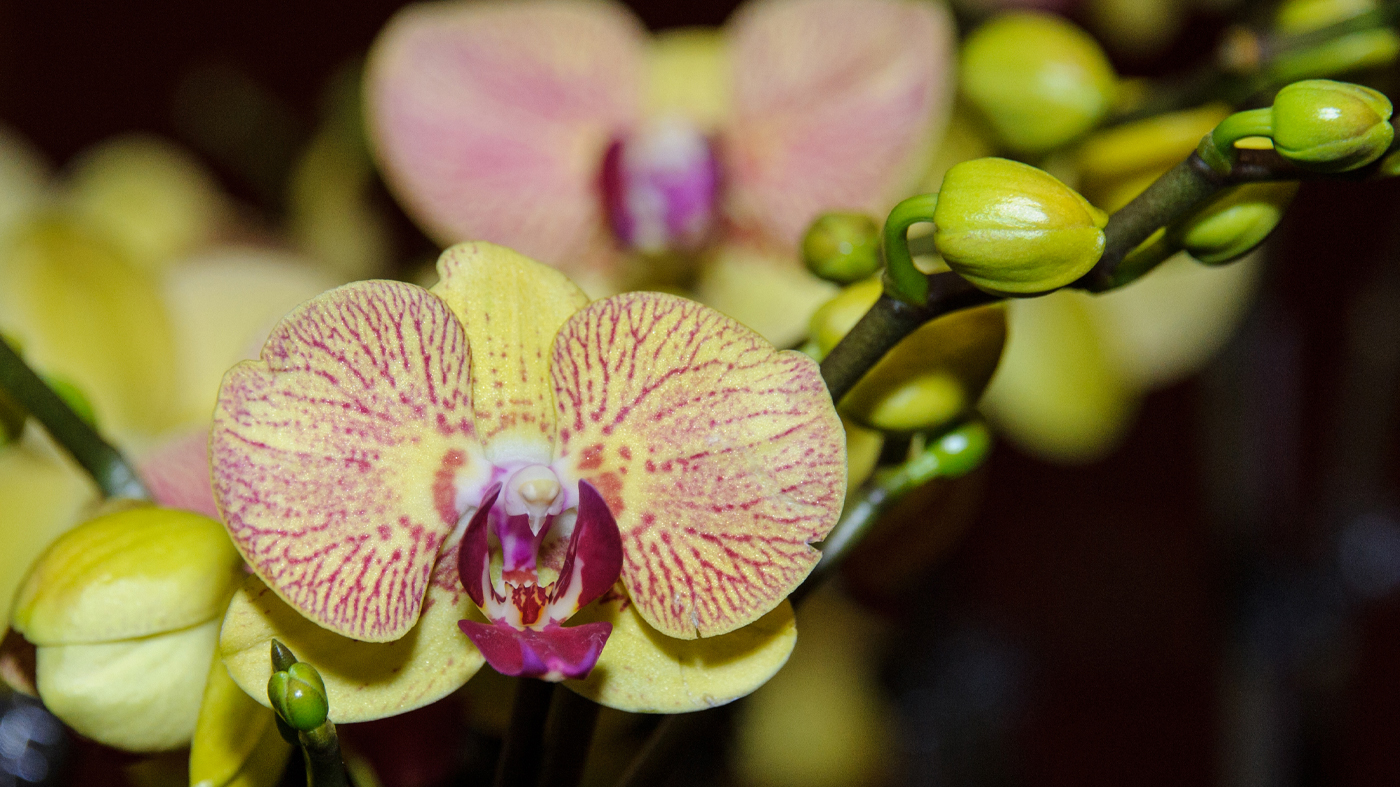
Houseplant boost
Just like the perennials outside, many indoor plants respond to March’s longer days and warmer temperatures and begin their active growth cycle.
Some tips:
- Repot houseplants, including orchids, after they have flowered and/or if they have become rootbound. Increase pot size by 1 inch in diameter; try to avoid switching to a much larger pot, which can stress a plant. Change the potting soil/fir bark but do not change the level at which the plant was situated in the original pot.
- Fertilize houseplants as they begin new growth. Start with low dosages of organic fertilizers or a very dilute, balanced granular fertilizer.
Propagate houseplants
Expand your houseplant population by propagating new plants from existing ones. Depending on the plant, a variety of techniques can be employed, using softwood cuttings, leaf cuttings, air-layering, cane cuttings, or division. If you’re not sure which technique to use, contact the Garden’s Plant Information Service for additional information.
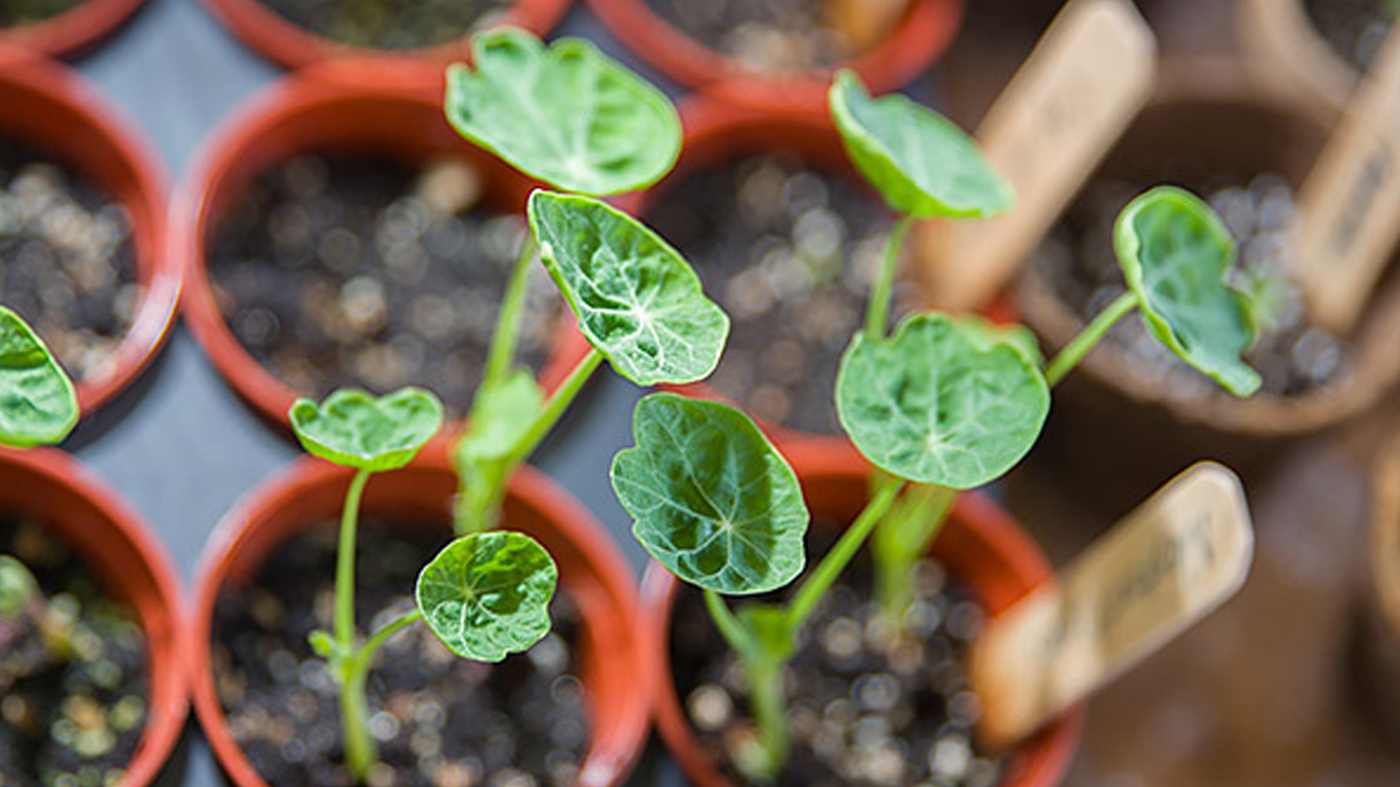
Continue starting seeds
This month, start seeds of warm-season annuals and vegetables, timed six to eight weeks before the spring frost date (May 15 in our USDA Zones 5b and 6a). Consult seed packets for specific germination and planting dates, keeping in mind that plants will need to be hardened off (i.e., set outside to help them gradually adjust to the outdoors) for seven to 10 days. After that, they can be planted in containers or garden beds.
An important caveat:
Because hard frosts can occur after May 15, some gardeners prefer to wait until Memorial Day weekend to move warm-season plants outside.
March is a great month to …
Scout native plant sales
Native plants continue to generate interest, both from a gardening and environmental perspective. Illinois boasts an impressive array of wonderful plants that can beautify a garden while also supporting habitat for the wildlife, birds, butterflies, and pollinators that call our region home.
A growing number of organizations throughout the Chicago metropolitan area sponsor native plant sales devoted to the perennials, shrubs, and trees specific to northern Illinois. These sales, often sponsored by garden clubs, environmental nonprofit groups, and civic organizations, also feature plants that may otherwise be hard to find.
These sales are typically held in the spring, and many often have ordering deadlines many weeks prior to their sale dates, so plan accordingly—particularly to help ensure you get the plants you desire. Local garden clubs and online gardening sites can help you locate native plant sales in the Chicago area.
For inspiration, visit the Garden’s Native Plant Garden.

